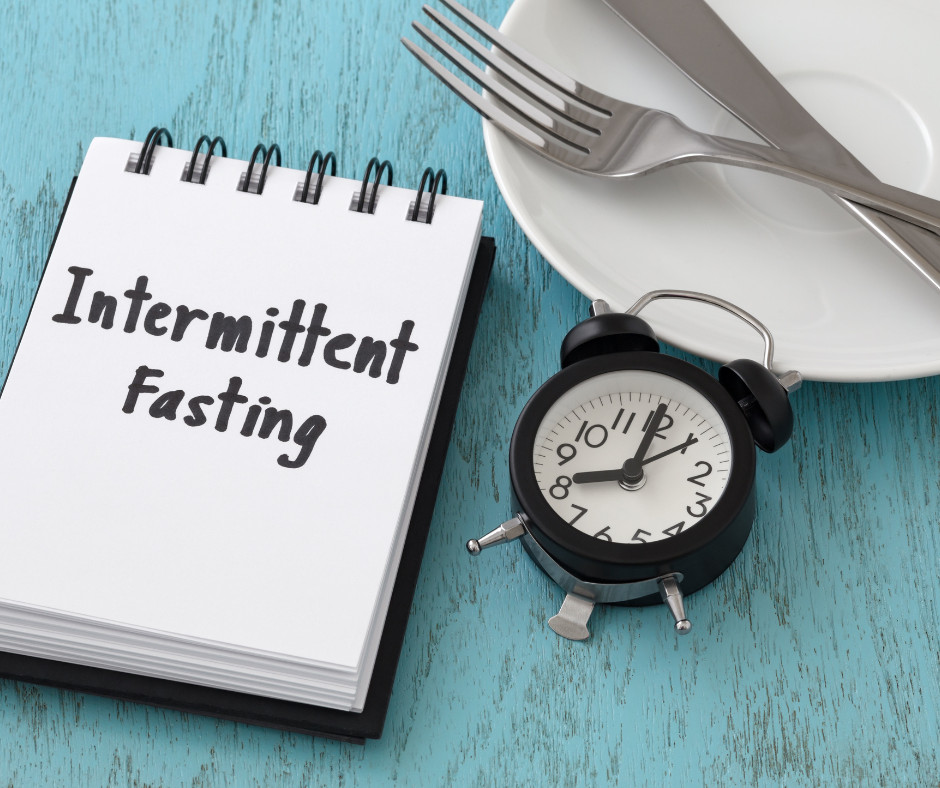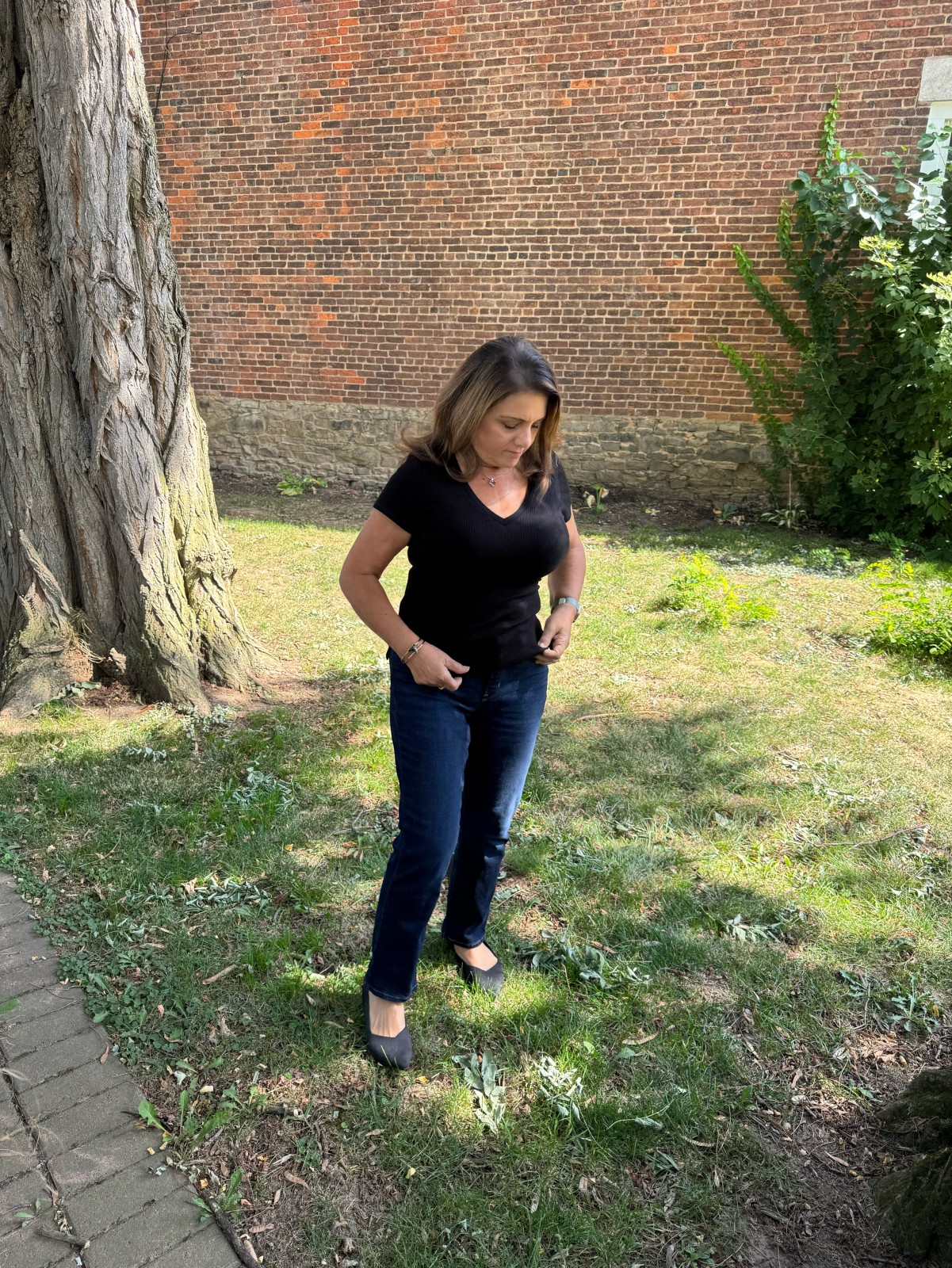
How Long Does It Take for Intermittent Fasting to Reduce Pain and Inflammation?
Intermittent fasting (IF) has gained significant traction as a lifestyle choice for those looking to improve their health and wellbeing. Among its purported benefits, the reduction of pain and inflammation stands out, especially for individuals suffering from chronic conditions. However, a common question that surfaces is: How long does it take for intermittent fasting to start showing results in terms of pain and inflammation reduction?
Understanding the Process
Intermittent fasting works by cycling between periods of eating and fasting. This practice is believed to trigger various cellular and molecular mechanisms, including autophagy (the body's way of cleaning out damaged cells), hormone modulation, and reduced oxidative stress, which collectively contribute to its anti-inflammatory effects.
Immediate Effects vs. Long-Term Benefits
Short-term Impact: In the initial days of adopting intermittent fasting, the body begins to adjust to the new eating pattern, which can take from a few days to a few weeks. During this period, some individuals may experience a temporary increase in discomfort, as the body transitions into ketosis and starts utilizing fat for energy. This phase is often short-lived and followed by a notable improvement in energy levels and mental clarity.
Long-term Benefits: The more significant benefits of intermittent fasting on inflammation and pain management are typically observed over a more extended period. Research suggests that it can take anywhere from 8 to 12 weeks for noticeable changes to occur. This timeframe allows the body to adapt fully to the fasting regimen, leading to more pronounced effects on inflammation and pain reduction.
Factors Influencing the Timeline
The time it takes for intermittent fasting to reduce pain and inflammation can vary significantly among individuals, influenced by several factors:
- Type of Fasting Regimen: There are various forms of intermittent fasting, such as the 16/8 method (fasting for 16 hours and eating within an 8-hour window) or the 5:2 method (eating normally for five days and significantly reducing calorie intake for two days). The choice of regimen can affect how quickly one sees results.
- Baseline Inflammation Levels: Individuals with higher levels of inflammation may notice more rapid changes, as the body responds to the positive stress of fasting.
- Lifestyle and Dietary Choices: The benefits of intermittent fasting can be enhanced or diminished by other lifestyle factors, including diet, physical activity, and stress management.
- Individual Metabolic Rate: Metabolism plays a crucial role in how quickly the body responds to dietary changes, including intermittent fasting.
Realistic Expectations and Health Considerations
While intermittent fasting offers promising results for many, it's essential to maintain realistic expectations and prioritize overall health. Some may experience improvements in pain and inflammation within weeks, while others may find it takes longer to observe tangible benefits.
It's also crucial to consider that intermittent fasting isn't suitable for everyone. Individuals with certain health conditions, pregnant or breastfeeding women, and those with a history of eating disorders should consult with healthcare professionals before embarking on a fasting regimen.
Conclusion
Intermittent fasting can be a powerful tool for reducing inflammation and managing pain, but it requires patience and persistence. The journey is highly individual, with results varying based on numerous factors. For those considering intermittent fasting for its anti-inflammatory benefits, adopting a holistic approach that includes healthy eating, regular physical activity, and stress management can amplify the effects and lead to a more profound sense of wellbeing. Remember, consulting with a healthcare provider before starting any new health regimen is always recommended to ensure it aligns with your personal health needs and goals.
Join our 'Healthy Living Beyond 40' community today, and unlock the secrets to thriving in your middle years with expert advice, supportive peers, and actionable strategies for reducing pain and inflammation and maintaining a healthy weight. Join the group here: https://bit.ly/48uQP0Z
Oh by the way, I have a program where we lose 7-15 pounds and reduce inflammation in just 11 days. Inflammation is one of the main reasons we get age related diseases! Grab the info here: https://bit.ly/42ecgBJ
Disclaimer: The information in this article is for educational purposes only and should not be considered medical advice. Please consult with a healthcare professional before making any changes to your diet or lifestyle.












